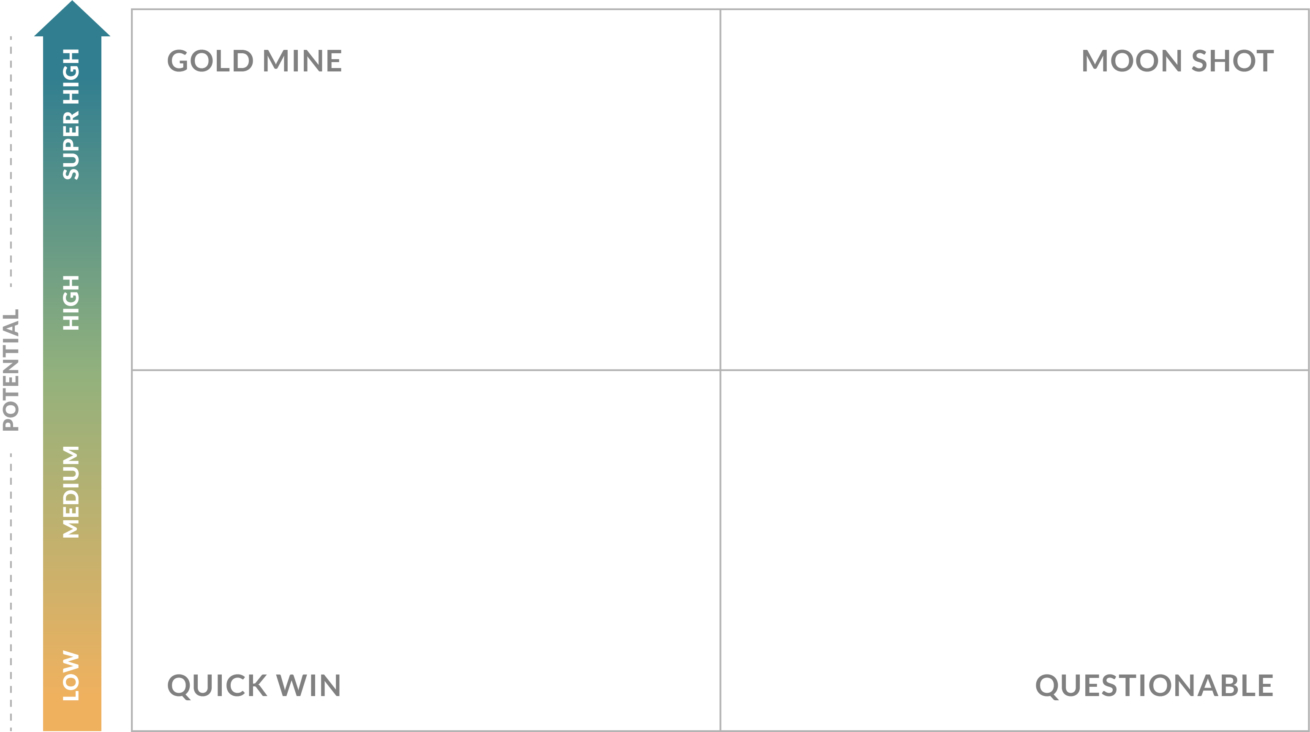Board and Leadership Exercises to Engage in Whole Family Approaches
Foundation Boards and executive leadership may benefit from interactive group work to tangibly understand how whole family work might align with and support foundation missions and existing portfolios. The three exercises below are intended to spark discussion and help foundations think through the value add to whole family approaches.
Goal: create a broader vision for whole family work within the foundation that enables the board to see why whole family work can increase its impact.
Time: 45-60 minutes
Process:
- Work with a small group for 30 minutes to create the front page news articles that will appear about your philanthropy in the future and how you have contributed to family well-being in your community through whole family work. The target date for this “publication” is in 10 years.
In your group, agree on the title/headline.
Write up the five or so points the article is making.
- Provide charts, graphs, or pictures that highlight the main points of your article.
- Include a sub-article on the “facts and data” — come up with some fun but possible facts about the foundation’s impact.
- Come up with another short “story idea” highlighting another facet of the foundation (program, advocacy, etc.) that shows the organization in another dimension.
- Think about the history that led to this article being written and what we did today to make these changes possible.
- Be prepared to present your article and story to the group.
- Post the cover stories on the wall, and ask each group to present them.
- Notice where there are similar themes and where there are innovative ideas about how the foundation might expand or shift to incorporate whole family work.
Goal: create a broader vision for whole family work within the foundation that enables the board to see why whole family work can increase its impact.
Time: 90 minutes
Process:
- Where are we now? (10 minutes)
Offer a brief overview of the foundation’s current strategy, investments as they relate to whole family work, and any other context-setting information.
- Setting the exercise up (5 minutes)
Note that for this exercise, we are going to imagine that we have fully incorporated whole family approaches beginning in 2020. We are serving whole families using the best practices that were evolved prior to 2020, and now we are full contributors to the whole family field.
Be aspirational and not held back by the reality of the present!
- Describe the vision of success (45 to 60 minutes)
What does it mean to you to have created a comprehensive whole family approach? What does success look like?
Capture your conversation on flip charts or on a crib sheet. Here are some guiding questions:
- What have we achieved?
- How have families benefited from what we’ve done?
- What are we most pleased about?
- What arrangements (procedures, structures, or decision-making processes) have we put in place to make sure the approach is sustained?
- How are we measuring progress and success?
- Is there anything we still need to tackle?
- What are the challenges we face now?
- What have we learned from our successes and failures?
What is lost if we didn’t do anything? What’s the cost? Project both futures – what would happen if we don’t do anything and if we do?
- Feedback/report out (20 minutes)
Ask groups to present a brief summary of their discussion (but not to read all the bullet points on their sheets).
Facilitate a short discussion to compare and contrast the visions. Identify the areas of broad agreement that will form the core of the vision and acknowledge any differences of emphasis or detail that will need to be considered later.
- How does this affect our vision and investment strategies to support families now? (40 minutes)
Reconvene the small groups and ask them to consider the following questions:
- How close are we to our vision?
- What needs to change to achieve the vision?
- Which changes are in our control? Which aren’t?
- What is our role as a foundation, if any, in moving toward this vision?
Bring the group back together and ask for best ideas/brief feedback from each group.
Facilitate a short discussion to discuss what the options might be for your foundation related to whole family work.
Goal: help philanthropy imagine how they could change their work to become more whole family, including finding small ways to adjust their work (the adjacent possible).
Break into small groups of 4-5.
Explain that incorporating whole family can include both small and large changes, all of which can have an impact. This exercise will help us identify the range of possibilities and to dream a bit on behalf of families.
Ask the board to brainstorm how your foundation could strengthen its work with whole families – come up with as many small, medium, and large ideas as possible. (15 minutes)
You might offer some prompts like: invest in new services, create partnerships with other philanthropies, provide capacity building, offer webinars, bring parents on the board, etc.
Place each idea on a separate sticky note.
Create the grid below on large flip chart paper (or assemble several pieces of paper together to make it manageable to see), and ask the teams to review their ideas and place the sticky notes on the grid below.

Ask the group to reflect on and review what they see in each quadrant. Are there any ideas they would move around, and why?
Ask the group to vote on the ones they like the most in each quadrant, which will help prioritize those to implement immediately (quick wins) as well as those that merit longer exploration.
Ask the group for overall reflection on the exercise – what surprised them, what was new?
Ask for consensus on the way forward on the ideas generated.